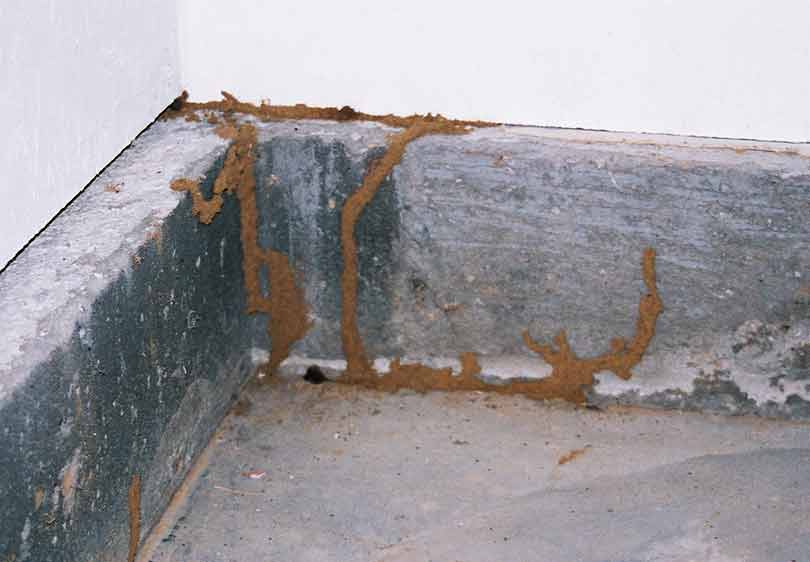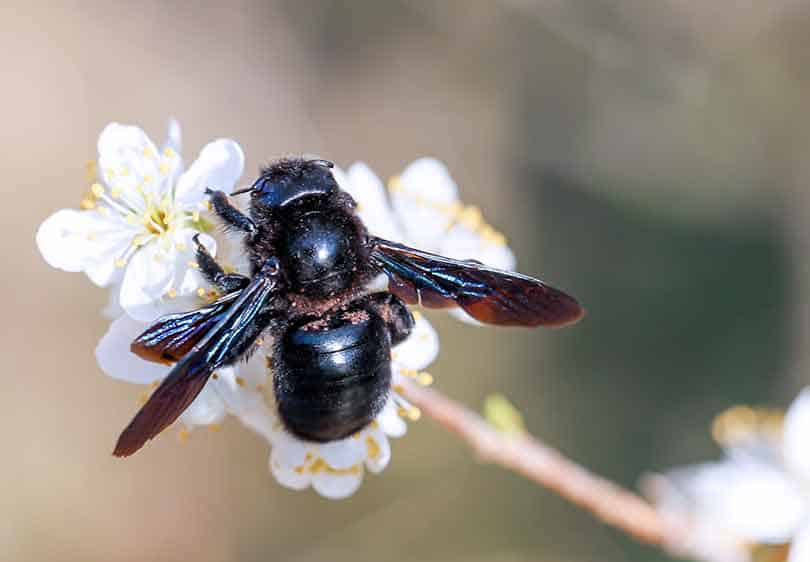Expert Advice for Vole Control Utah County
Expert Advice for Vole Control Utah County
Blog Article
Reliable Pest Control Solutions for Vole Infestations

In the realm of parasite control, vole problems offer an one-of-a-kind challenge that demands a strategic strategy. By diving right into the ins and outs of vole habits and checking out a range of control approaches, a detailed bug management strategy customized to these elusive creatures can be crafted. From all-natural repellents to ingenious trapping strategies, the toolbox against vole problems is multi-faceted.
Comprehending Vole Behavior
Voles, tiny rats typically located in areas and gardens, show unique behavior patterns that are critical to recognize when carrying out bug control actions - vole control utah county. These creatures are respected diggers, creating an extensive network of passages underground where they nest, store food, and look for shelter from killers and inclement weather condition. Voles are herbivores and primarily eat turfs, origins, bulbs, and seeds, making areas and yards perfect environments for them
One key habits of voles is their rapid price of reproduction. Ladies can bring to life several clutters every year, with clutter sizes ranging from 3 to 6 pups. This high reproductive capability permits vole populations to swiftly increase, resulting in invasions if left unchecked.
Comprehending vole actions also includes identifying their patterns of motion and foraging. Voles develop surface runways in grassy locations as they take a trip between their burrows and food sources. By observing these paths and the areas of burrow entrances, bug control specialists can identify high-traffic areas and tactically area traps or deterrents to efficiently take care of vole populations.
All-natural Repellents and Deterrents
With an understanding of vole habits as a foundation, exploring all-natural repellents and deterrents comes to be crucial in properly taking care of vole invasions in fields and gardens. In addition, including killer urine, such as that of foxes or prairie wolves, around the garden border can develop a natural barrier that signifies threat to voles, motivating them to stay away.
Moreover, utilizing castor oil-based repellents can interfere with vole tunnels as they locate the smell and preference unpleasant, motivating them to move. Mulching with products like gravel, lava rocks, or rugged sand can also prevent voles as they dislike digging via these rough compounds. Implementing a mix of these all-natural repellents and deterrents can help properly manage vole populaces in a sustainable and safe manner, securing plants and gardens from vole damage.
Capturing Strategies for Voles

Break traps are made to kill voles quickly upon activation. These traps need to be put in locations where voles are understood to travel, such as close to burrow entryways or along their runways. It is vital to inspect snap traps on a regular basis and get rid of any kind of caught voles promptly to make sure the effectiveness of the capturing process.
Live catches are an extra gentle option for those that wish to catch voles without harming them. When a vole is captured in an online catch, it can be safely moved to a different location and launched unharmed. Live traps need to be checked regularly to stop stress and anxiety or harm to the caught voles.
When setting catches for voles, it is essential to consider their actions and practices to raise the possibility of success (best vole pest control). By making use of the proper trapping strategies, vole populations can be properly handled, minimizing the damages they cause to agricultural and yard locations
Executing Physical Obstacles
To further fortify the protection versus vole infestations, the calculated execution of physical obstacles becomes a proactive procedure to guard agricultural and yard locations. Physical obstacles such as wire mesh, hardware cloth, or fences can be set up below ground to avoid voles from tunneling right into areas or yards. Hiding these obstacles at the very least 12 to 18 inches deep and angling them outside can properly deter voles from tunneling into the secured location. In addition, creating fences with little mesh dimension at the base can prevent the voles' capacity to access the vegetation above ground level.
Additionally, the usage of tree guards or trunk wraps made of metal or plastic can shield tree trunks from vole damages throughout winter season months when other food resources are limited. These guards must prolong above the anticipated snow line to stop voles from gnawing on the bark. Routine inspection and upkeep of these barriers are important to ensure their proceeded performance in deterring vole invasions and shielding hop over to these guys valuable crops and plants.
Integrated Insect Monitoring Approaches
Integrating numerous insect control methods, consisting of biological controls, habitat control, and tracking, forms the basis of efficient Integrated Insect Administration techniques for addressing vole problems. Organic controls entail introducing all-natural predators of voles, such as owls or serpents, to the see this afflicted area to assist decrease vole populaces. Environment manipulation focuses on modifying the setting to make it less desirable for voles, such as decreasing ground cover or getting rid of food sources. Surveillance plays a critical function in Integrated Pest Administration by allowing for the very early discovery of vole infestations and assessing the performance of control approaches utilized.
Verdict
Finally, efficient pest control services for vole problems involve comprehending vole actions, utilizing natural repellents and deterrents, applying trapping strategies, and establishing physical obstacles. Integrated bug administration methods can likewise be utilized to deal with vole invasions comprehensively. By combining these methods, residential property proprietors can successfully handle and reduce vole populaces without the requirement for extreme pesticide usage.
With an understanding of vole habits as a foundation, exploring all-natural repellents and deterrents ends up being vital in efficiently managing vole problems in areas and gardens. Applying a mix of these natural repellents and deterrents can aid successfully manage vole populations in a safe and sustainable way, protecting plants and gardens from vole damages.
Incorporating various parasite control techniques, including organic controls, habitat adjustment, and tracking, forms the basis of efficient Integrated Pest Monitoring techniques for addressing vole visit homepage invasions. Biological controls include introducing all-natural predators of voles, such as owls or serpents, to the afflicted location to assist reduce vole populations (utah vole control).In conclusion, reliable pest control options for vole infestations include recognizing vole behavior, making use of natural repellents and deterrents, carrying out capturing methods, and establishing up physical obstacles
Report this page